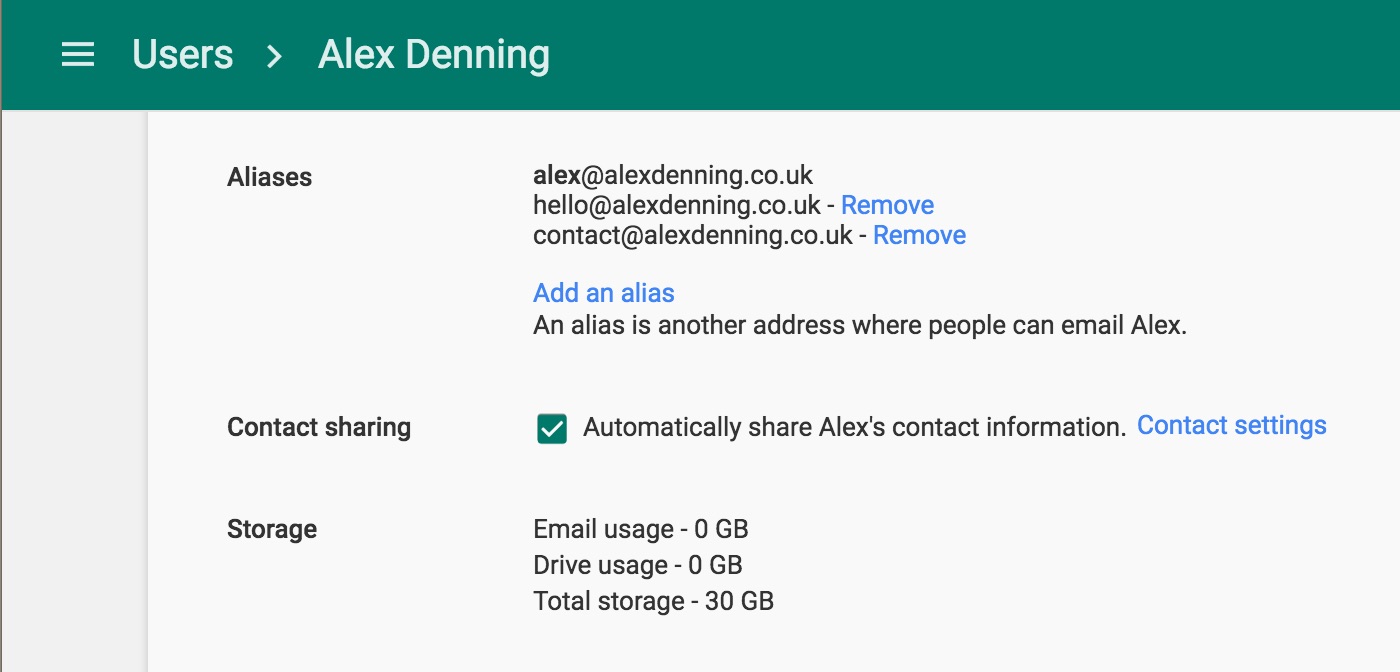
- #G SUITE INBOX APP ACTIVATION HOW TO#
- #G SUITE INBOX APP ACTIVATION CODE#
- #G SUITE INBOX APP ACTIVATION PASSWORD#
- #G SUITE INBOX APP ACTIVATION DOWNLOAD#
#G SUITE INBOX APP ACTIVATION CODE#
Enter the code and click “Verify.” You can also click on the link in the email to confirm. Please check your username/password and Less Secure Apps access for Step 5Ī confirmation code will be sent to the email address you want to send mail as (use as an alias). If your credentials aren’t correct, you’ll most likely see a warning like this:Īuthentication failed. Leave everything else and click “Add Account.” Gmail SMTP server settings
#G SUITE INBOX APP ACTIVATION PASSWORD#
Then enter your Google App password that you created earlier. Enter your primary Gmail email address in the Username field (not your alias email).

Click “Next Step.” Add another email address you own Step 4 Leave the “Treat as an alias” option checked. In Gmail, go to the gear at the top right and click on “See all settings.” Click on “Accounts and Import.” Under “Send mail as,” click on “Add another email address.” Gmail Send mail as Step 3Įnter the name and the email address for the second email address that you want to use as an alias. I used “Send from Google App passwordĬopy the password they generate to your clipboard or somewhere temporarily as you’ll need it later. You can pick anything, but I chose “Mail” for the app, and “Custom Name.” For the name, pick something you’ll recognize if you need to reference your app passwords later. Go to Google App Passwords with your primary Gmail account. Step 1įirst, you will need to set up an app password. Grab a coffee and come back a little later to finish. Hopefully, this will change in the future.Īfter saving the above options, it will probably take 20-30 minutes to propagate the changes across to your Gmail. To change your “From” address, you have to set this up in Gmail, which requires an App password. But this won’t let you pass the steps below, unfortunately. Google recommends setting up a domain alias in G Suite, which you can do. Note: This does make your account less secure, so beware of the changes. Next, go to “Security → Settings → Less Secure Apps.” Enable “Allows users to manage their access to less secure apps.” Allow less secure apps in G Suite If you’re using G Suite, you’ll need to follow a few steps first to add aliases within Gmail.įirst, go to “Apps → G Suite → Gmail → End User Access.” Scroll down and enable “Allow per-user outbound gateways.” G Suite allow per-user outbound gateways This tutorial assumes you have 2-Step-Verification enabled on your Gmail account. The alias email address can also be a address, it doesn’t have to be a custom domain. You can set up to 99 different “send mail as” and or alias email addresses. This depends on whether or not you are using G Suite. Your primary Gmail can be a custom domain or a address.

I typically find myself going through this every six months or so, and by then, I’ve forgotten all the little hiccups that can come up. One of the reasons I’m documenting this is because Gmail’s instructions don’t mention everything, and then you wind up with errors.
#G SUITE INBOX APP ACTIVATION HOW TO#
Below I’ll show you how to get past all the common errors. This enables you to change the from and reply-to address. Gmail has a handy “send mail as” feature, which lets you add multiple email addresses as aliases. I always like everything in one Gmail inbox, as it makes it easy to keep track of things. Remember to click on the Accept button that will appear at the bottom of the next page.Over the years, I’ve changed domains a few times and managed multiple websites with their own emails.


They must be mapped to Gmail's "Sent Mail" folder. The same goes for Outlook's "Sent Items". Check the folder mappings in Outlook and make sure that Outlook's "Deleted Items" is mapped to Gmail's "Trash" folder.
#G SUITE INBOX APP ACTIVATION DOWNLOAD#
(Gmail status would indicate: ‘Initial download in progress’).


 0 kommentar(er)
0 kommentar(er)
